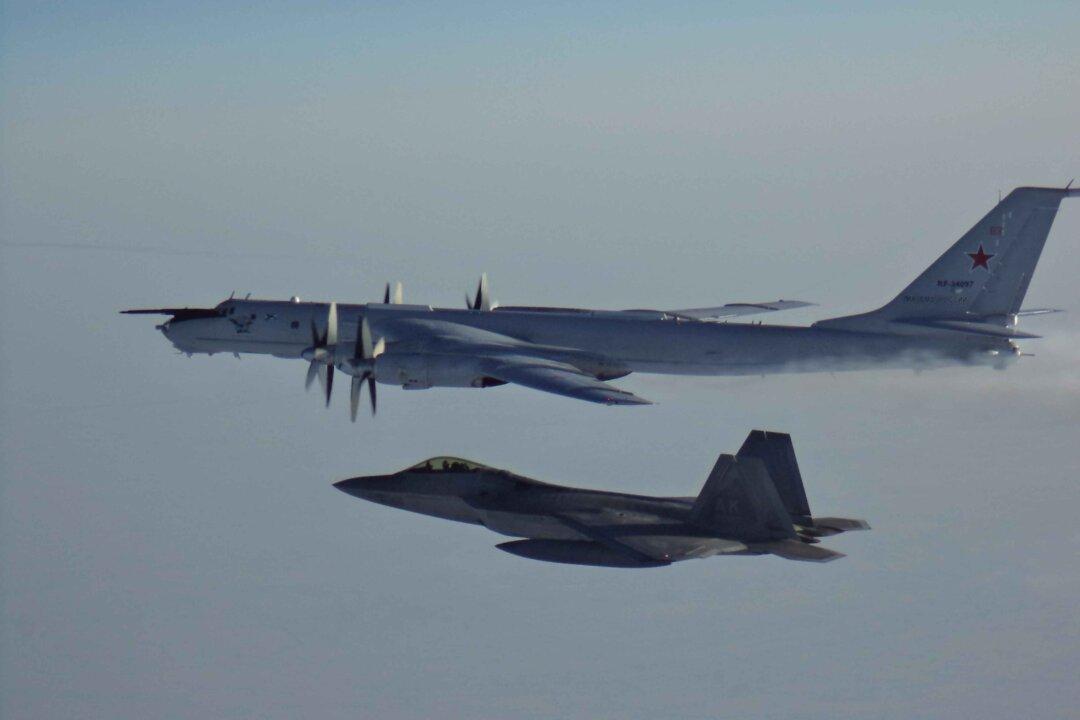Russian reconnaissance planes intercepted by U.S. jets earlier this week were watching for U.S. submarines popping up out of the Arctic ice, according to a military commander who described the Arctic as the “new frontline of our homeland defense.”
General Terrence O’Shaughnessy said on March 11 that the incident on Monday highlighted the need to improve communications systems up in the Arctic.





